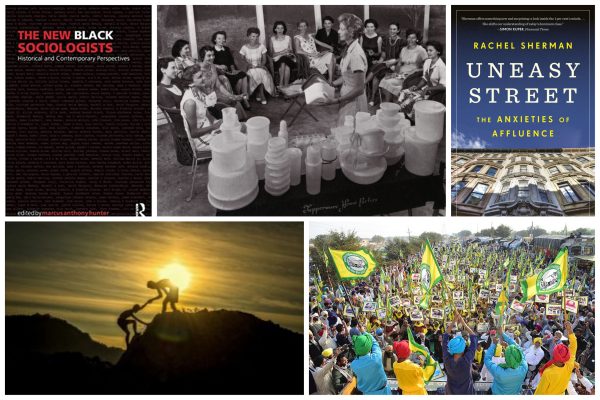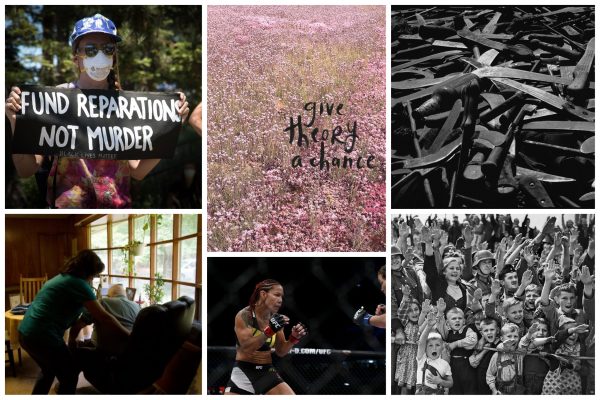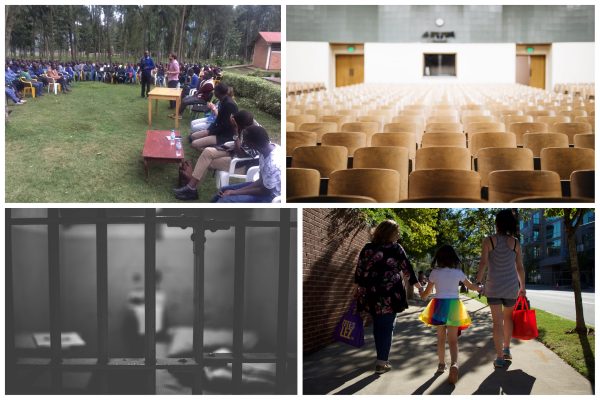
Happy Friday! This week, we rounded up research on how multilevel marketing intersects with culture, gender, and inequality. Our partner and community featured content on the hidden nature of class, private safety nets, civil resistance, and a review of “the New Black Sociologists.”
There’s Research On That
Culture, Inequality, and Multilevel Marketing by Daniel Cueto-Villalobos. We round up research on how the promises of multi-level marketing square with its reality showcasing how MLM’s history intersects with gender and economic inequality.
From Our Partners:
Contexts
Rediscovering Voices in Uncertain Times by Aya Waller-Bey
Council on Contemporary Families
New Work: “I’d rather be hungry:” Why some people don’t want to ask for help by Joan Maya Mazelis
Sociological Images
The Mask of the “Middle Class” by Evan Stewart
From Our Community Pages:
- Center for Holocaust & Genocide Studies considers how police violence threatens civil resistance and the right to protest.









